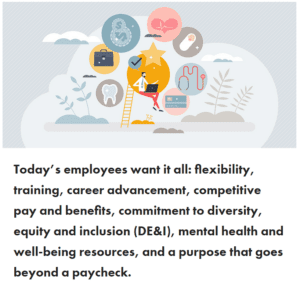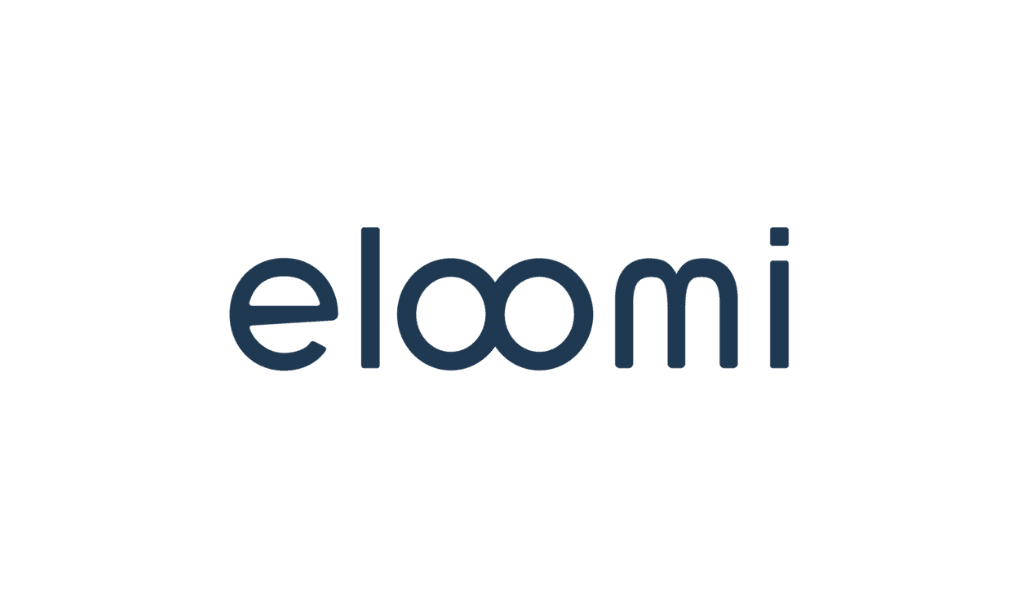Strong employee retention relies on two key elements: onboarding and new hire engagement.
By Kelley Daviss
Despite recent news of mass layoffs from corporate giants around the globe, the U.S. Bureau of Labor Statistics continues reporting record amounts of employees quitting their jobs. According to the Bureau, four million employees quit their jobs in February nationwide, up 2.6% from January. The same release showed 9.9 million job openings.
Leaders can agree that these days, it is downright challenging to find new employees, especially in certain markets. So, once companies find and hire new staff members, it is crucial to have effective measures in place to retain them.
The following are recommended strategies to ensure that new employees are welcomed into the fold and feel valued by the company.
Connect with Candidates
The end-to-end employee experience strategy starts before the first day on the job. Candidates should feel engaged as quickly as possible, and that begins with having a strong recruiting team. Making the effort to connect with candidates, truly listening, and showing care for them makes a big difference, regardless of whether they are offered a job or not.
Today’s employees want it all: flexibility, training, career advancement, competitive pay and benefits, commitment to diversity, equity and inclusion (DE&I), mental health and well-being resources, and a purpose that goes beyond a paycheck. Communicating the entire employee package during the interview process makes working for a company more appealing and can make all the difference in attracting the right talent.
Furnish Company-branded Swag
It may sound old-fashioned, but this move is about building early morale and goodwill. When new employees come to work, Lendmark wants to make a lasting impression by providing more than just a desk, computer, pens and other tools. We welcome employees with a swag bag/box that might contain a polo shirt or team jersey, a company flag, an umbrella, or even a speaker set for their desk—all with the company logo in our signature colors.
It’s worthwhile to try making the newest employees feel like an integral part of a growing team. What’s in the swag bag isn’t as important as the gesture that says, “Welcome. We appreciate you and are glad you joined us.”
Give Regular Feedback and a Career Path
Regular feedback from managers helps employees know how they are performing, from areas in which they excel to those needing further development. From the beginning, goal setting and measuring those ambitions helps career progression. Managers should be expected to schedule weekly touch points with their new hires and be available when questions arise.
Employees also want to know they can grow in their careers over the coming years, so carving out a pathway of progression—including how they can move up the ladder —demonstrates their value. It also demonstrates that a company would rather promote from within than hire from the outside. Such a tactical career advancement plan improves retention, satisfaction, engagement, and personal and overall company performance. For example, Lendmark has a well-structured career path process with clear expectations about the growth needed to advance from an entry-level branch position to branch manager.
It is also imperative to provide professional development and training opportunities. Lendmark’s year-long “Executive Leadership Program” gives high potentials the opportunity to rotate through departments—from working in the treasury group to meeting with Wall Street bankers to participating in an IT project. Because of this, past participants are in leadership positions today.

Gauge Engagement with Surveys
To help increase new hire engagement and ensure they are settling in, HR departments should consider fielding 30-day and 90-day employee surveys.
The 30-day survey would query respondents on areas like:
- do you have the right tools and technology to do your job?;
- do your job responsibilities today align with the job description for which you applied?; and
- has your manager helped you feel part of the team?
If new hires respond negatively or raise any red flags, their managers and HR executives should tackle those issues immediately to help them find success.
During the 90-day survey, employees would be asked questions like:
- have you and your manager set performance goals?;
- are you receiving regular feedback from your manager?; and
- is there anything you need from us to support you learning and progressing in your job?
New hires’ answers proactively allow management and HR departments to catch challenges early so they can provide support where employees say it’s needed.
Pair Each Employee with an HR Business Partner
Along with ensuring manager feedback on a regular cadence, assigning employees an HR business partner gives them a go-to person when HR-related questions or issues arise. Giving a single source of contact can ease employees’ concerns or anxieties if they have a complaint or are unsure of a policy.
Huddle Up with Teams
Regular gatherings of managers and their teams allow for quick chats about the priorities of the day, new policies, goals for the month, or even upcoming company events. This is a great time for managers to reiterate company values and core competencies for new hires and more experienced employees alike.
People would rather be looped into brief meetings with their managers than be left out and wondering about company activities. Keeping these gatherings short will be appreciated so employees have time to tackle their daily tasks.
Cultivate a Caring Culture
Let employees know their contributions are appreciated and their voices are welcome—from the newest team members to veterans who have been at the same company for 25 years. When someone goes above and beyond, recognize them for their efforts.
Gallup and Workhuman research shows when recognition hits the mark, employees are 56% less likely to look for job opportunities elsewhere and five times more apt to view their company as a place where they can blossom in their careers. Lendmark recognizes rock stars through an intranet, and leadership often sends personal notes to thank them.
Lendmark CEO Bobby Aiken also conducts a number of town hall meetings throughout the country for employees in 500-plus branches, call centers, and corporate headquarters to get up close and personal with him. These events allow him to share what’s going on in the company and are a welcoming place for employees to share their experiences and get their questions answered.
Make First Impressions Matter
Across all industries, about one-third of employees quit their jobs within the first six months. The reasons are varied, including being misled by the job description, neither valued nor engaged at work, and not getting along with managers or other colleagues. And of course, many quit because the onboarding process left them floundering.
Since first impressions matter, onboarding and new hire engagement should always be on the priority list for HR professionals. Organizations should also be making sure employees are supported with the right tools, learning opportunities needed for growth, and managers who lead with care. By doing so, HR is paving the way for many of these engaged employees to become company leaders down the road.
Kelley Daviss is the executive vice president of human resources for Lendmark Financial Services.














